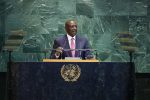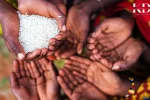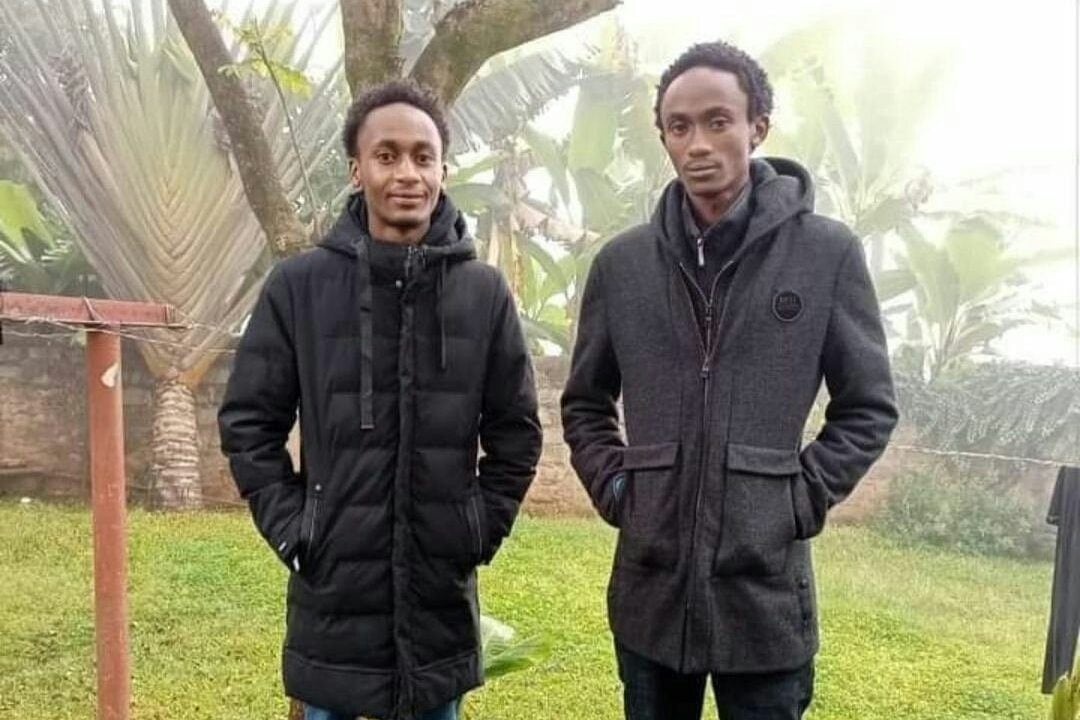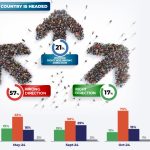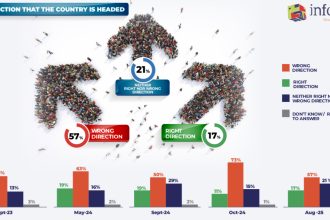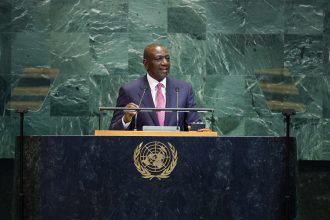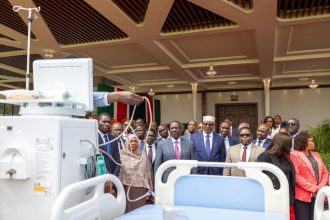A government pathologist has confirmed that the deaths of the Kianjokoma brothers resulted from severe head injuries inflicted by blunt force trauma.
Testifying before the High Court, the Embu County pathologist painted a grim picture of the injuries sustained by the two young men, Benson Njiru Ndwiga and Emmanuel Mutura Ndwiga.
The court heard that their bodies bore visible bruises on their faces and arms, with their heads badly deformed.
Postmortem findings further revealed multiple skull fractures, broken jaws, and deep brain lacerations, all consistent with a violent assault.
The chilling testimony directly supports the prosecution’s argument that the deaths were not accidental but the result of brutal force.
The pathologist’s evidence comes in a case where six police officers Benson Mputhia, Consolata Kariuki, Nicholas Cheruiyot, Martin Wanyama, Lilian Chemuna, and James Mwaniki are facing murder charges over the deaths of the brothers, which occurred on August 1, 2021, at Kianjokoma Trading Centre.
So far, seven witnesses have testified, with more expected as the prosecution continues to present its evidence.
The two brothers were killed on August 1, 2021 at Kianjokoma Trading Centre, centers on allegations of police brutality during the enforcement of COVID-19 lockdown measures.
The two failed to return home after closing their business, sparking community outrage. Media reports on August 2 revealed their deaths, with initial police claims suggesting an accidental fall.
However, public pressure and investigations led to the arrest of the six officers on August 17, 2021.
The officers were detained for 14 days to facilitate a thorough investigation and protect them from potential community retaliation.
The Kianjokoma case is not an isolated incident but part of a long-standing pattern of police brutality in Kenya, rooted in the colonial era and perpetuated through post-independence governance.
Historical analyses, such as those detailed in a 2025 GRIN study, point to an ingrained culture of excessive force influenced by political, socio-economic, and structural factors.
This culture has been particularly evident during periods of heightened tension, such as elections and public health crises.
According to the International Justice Mission, between 2017 and 2022, at least 42 Kenyan police officers were convicted for violent crimes, a significant shift from a historical norm where such accountability was rare.
The COVID-19 pandemic, which saw strict containment measures including lockdowns and curfews implemented from early 2020, provided a backdrop where enforcement often escalated into violence.
The Kianjokoma brothers, aged 22 and their sibling, were killed on the first day of opening their new pork butchery, allegedly by officers enforcing these measures.
The pathologist detailed severe head injuries, including multiple skull fractures, broken jaws, and deep brain lacerations, all consistent with blunt force trauma.
Visible bruises on the brothers’ faces and arms further painted a picture of a violent assault, directly supporting the prosecution’s argument that the deaths were not accidental but the result of brutal force.


